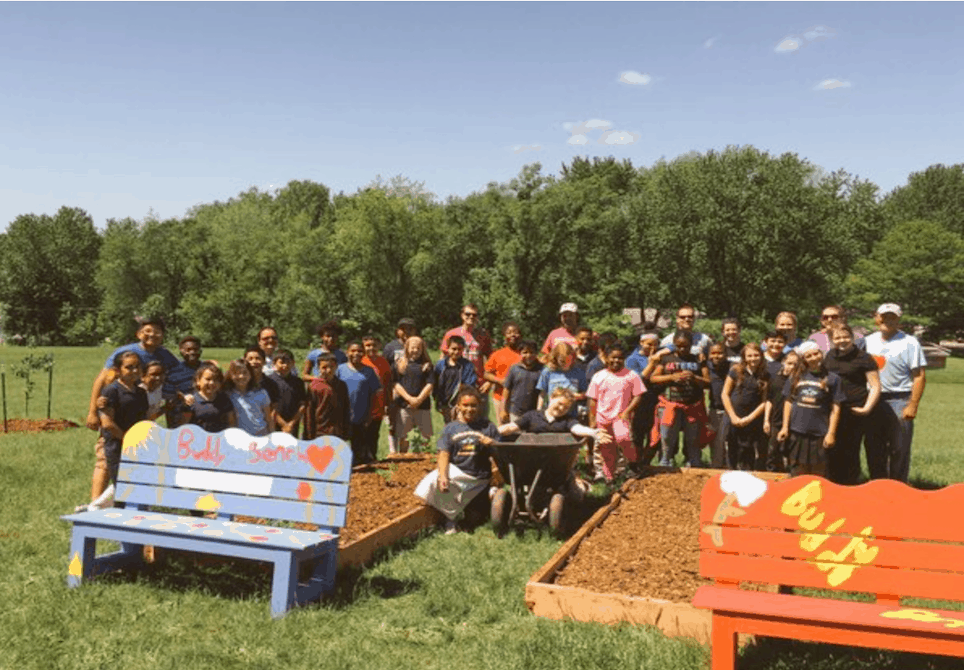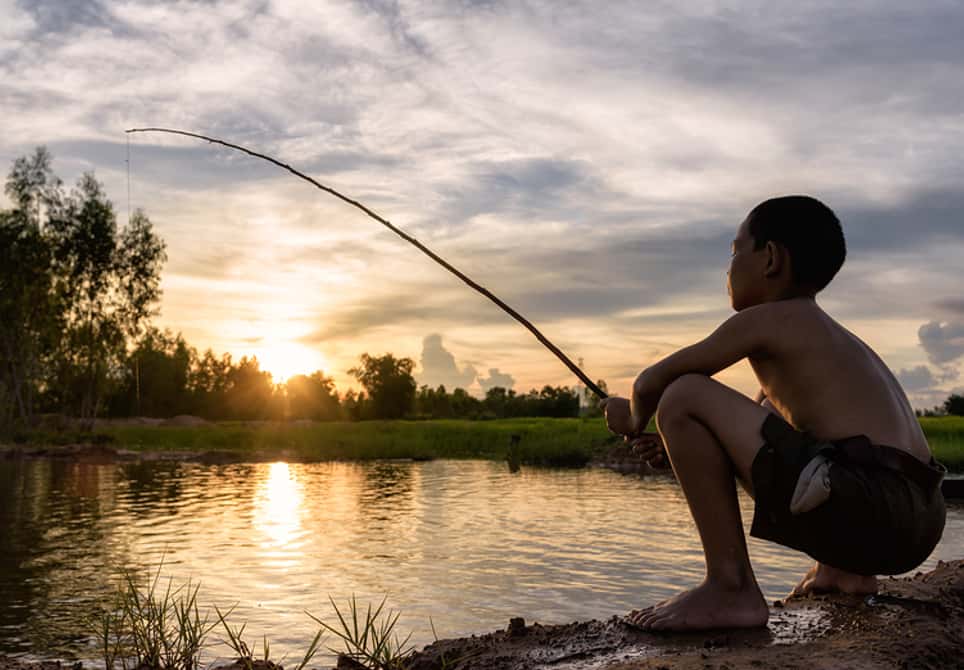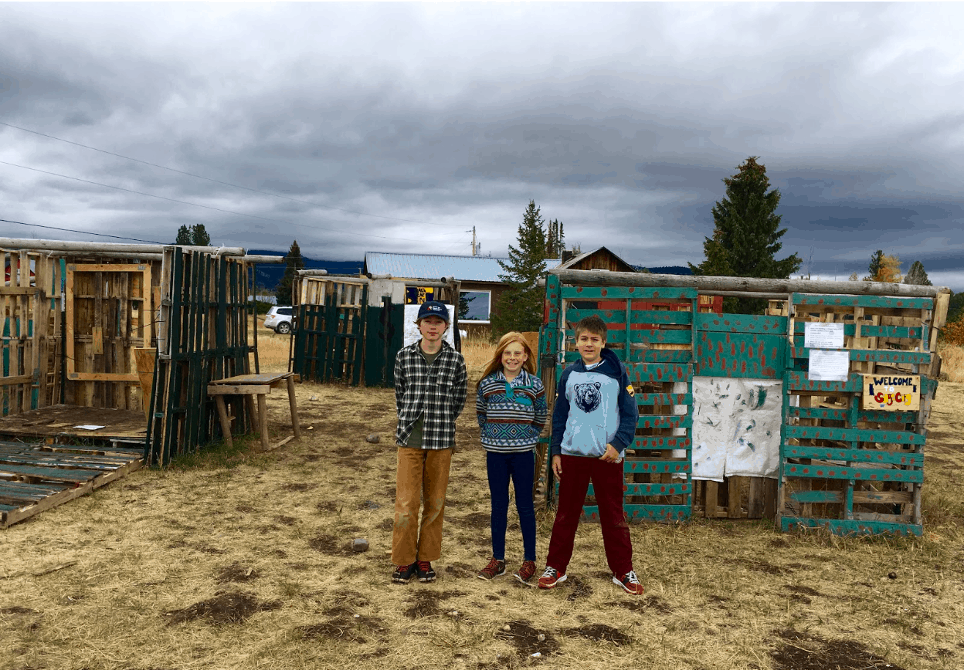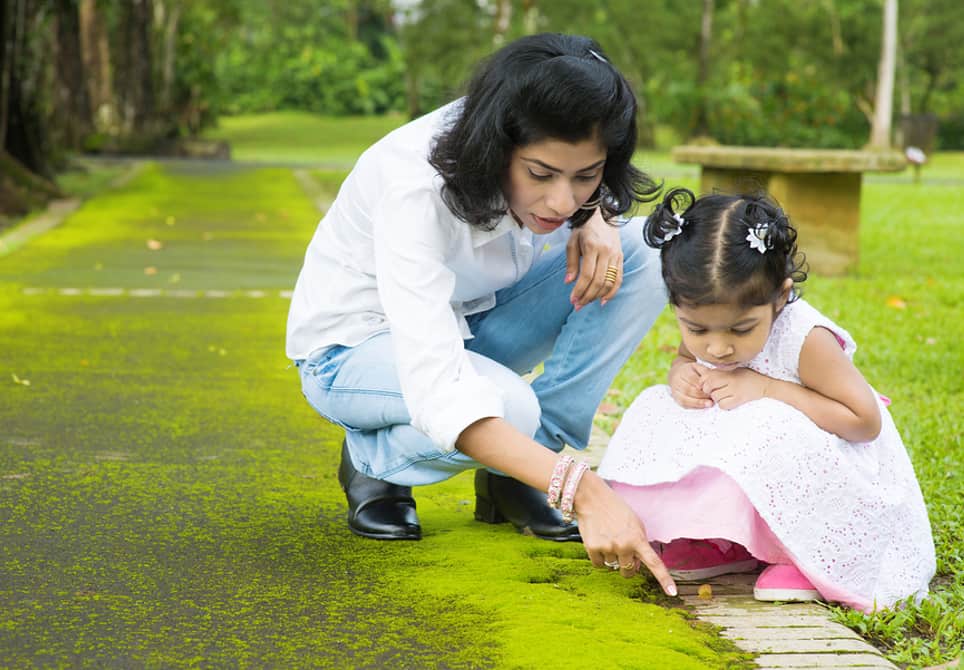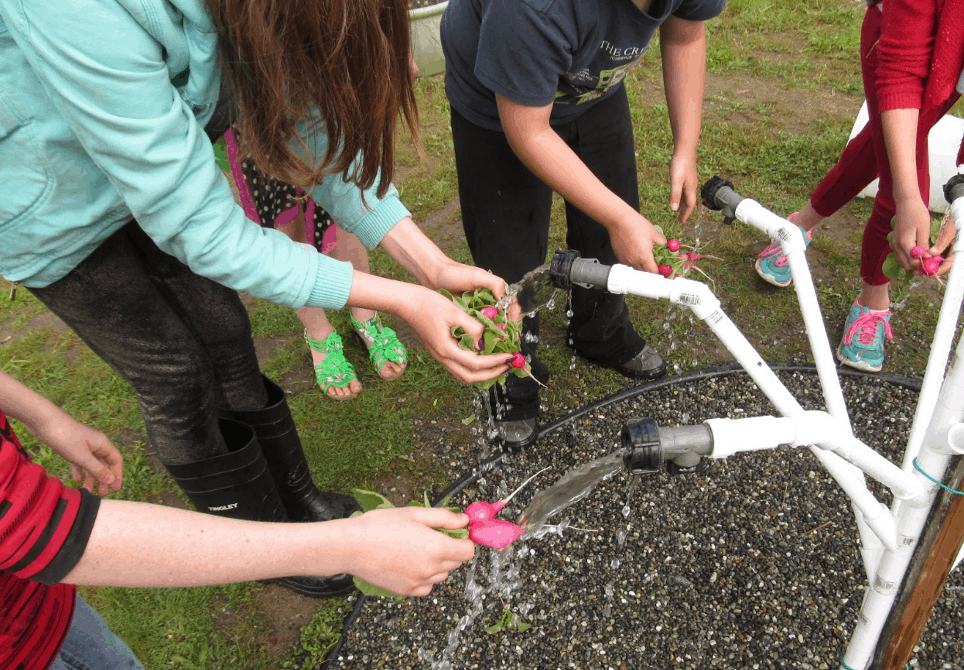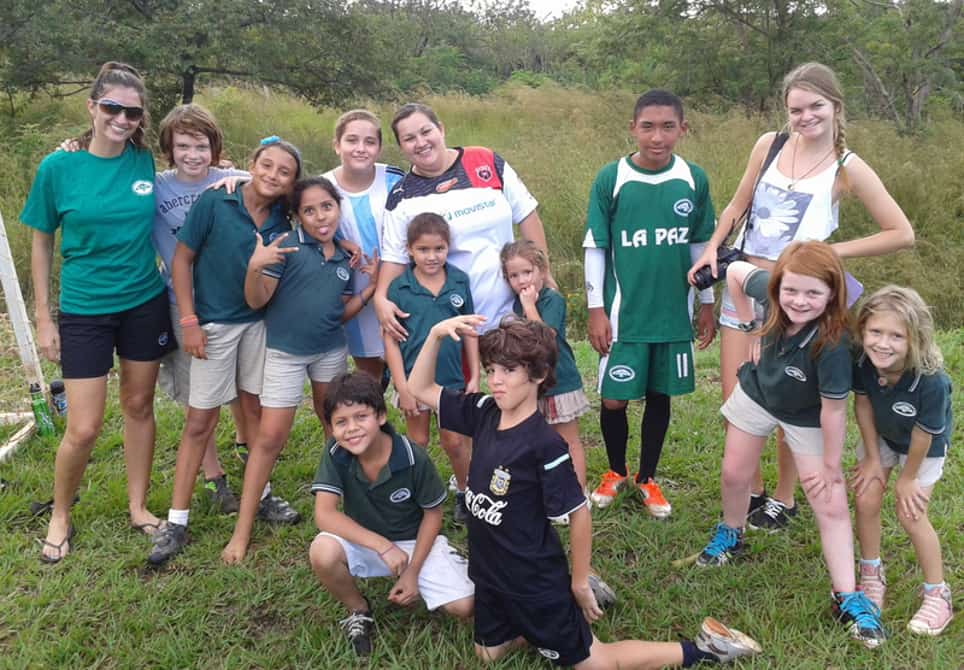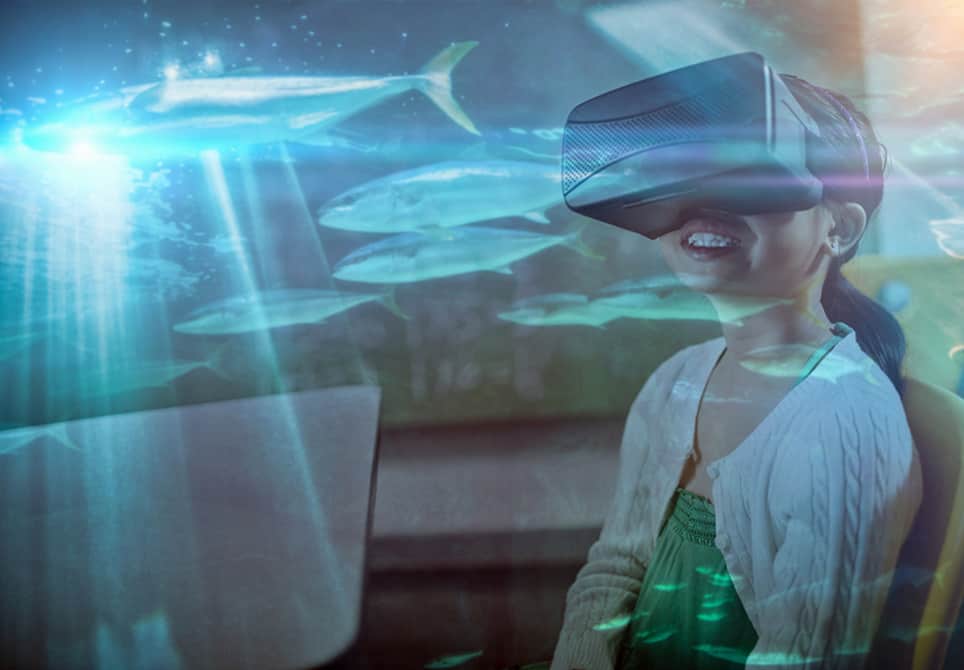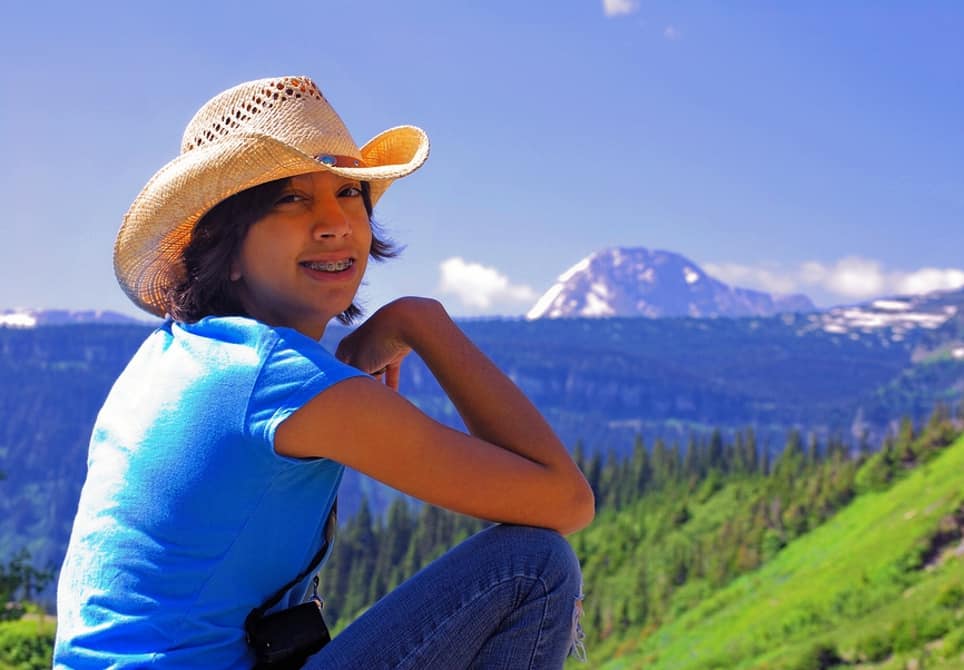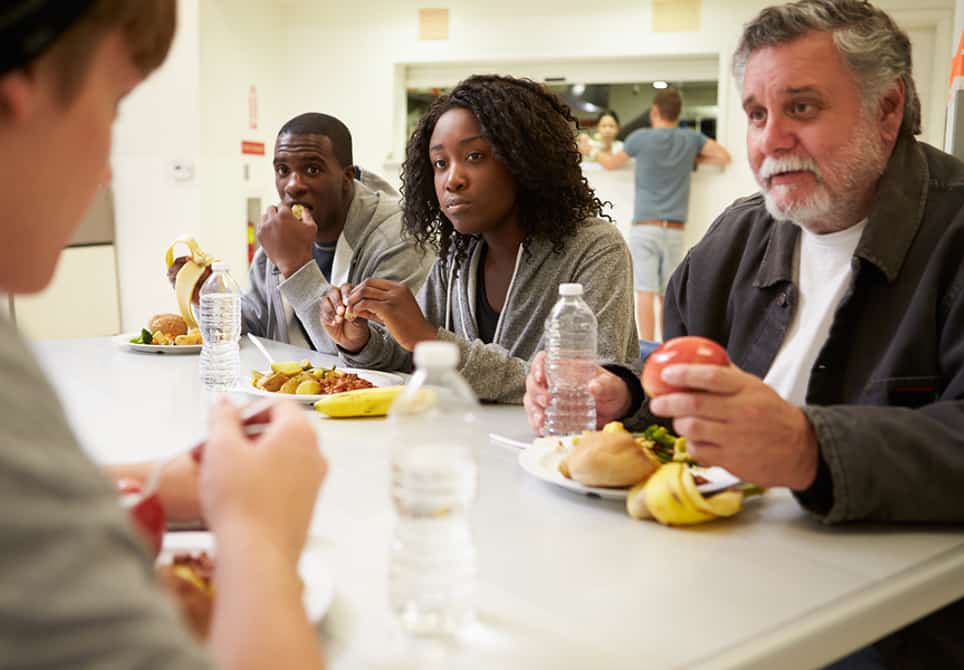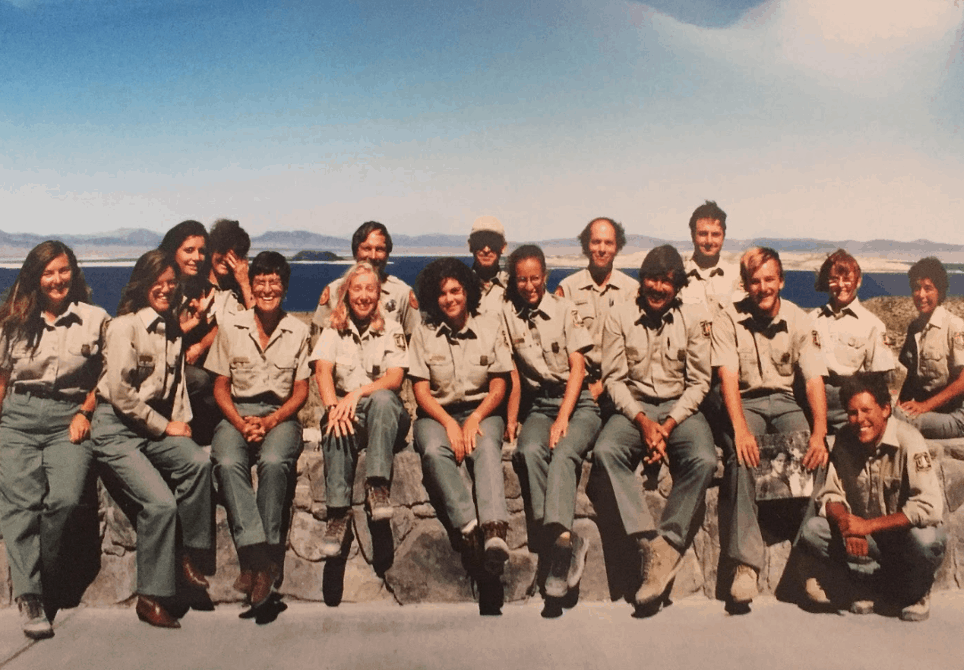Place Based Education
Place-Based Education (PBE) is anytime, anywhere learning that leverages the power of place, and learning space – not just the power of technology – to personalize learning. We’ve recently released a new book, The Power of Place: Authentic Learning Through Place-Based Education, which focuses on how PBE is an immersive learning experience that “places students in local heritage, cultures, landscapes, opportunities and experiences, using these as a foundation for the study of language arts, mathematics, social studies, science and other subjects across the curriculum.” PBE is also a natural complement to Personalized and Project-Based Learning, providing a way to connect these efforts to students’ local environment for engaging learning that leads to more engaged citizens.
From 5 Kids To 25,000 Pounds of Fresh Fruit
Brandon Gillette discusses what happened when one group of students decided in improve their community for the better. Learn how an education project will produce over 25,000 pounds of fresh food annually.
Place-Based Discoveries Etch Learning Into Your Brain
By: Liz Wimmer. When thinking of your favorite places to visit, both those from a long time ago and the places you still go to, what are the learning experiences from each that you'll never forget?
PhotoBlog | Teton Science Schools & The Power of Place-Based Learning
I recently had the opportunity to visit Teton Science Schools, our partner in Getting Smart’s “Power of Place” campaign. Here are some initial thoughts from the many things I learned, as well as photos of that beautiful part of our country.
Place-Based Learning: Wherever You Are, Whenever You Go
By: Gary Gruber. There is an entire world outside of the formal classroom full of rich learning experiences for students. Here are ideas and resources to help you connect them to it.
Four Ways Students Learn from School Gardens
By: Liz Wimmer. I recently discovered that students actually eat more vegetables at school if they help grow them in the school garden, and that school gardens are powerful places that deepen student learning in these four ways.
Cultivating Cross-Cultural Competence in Costa Rica
By: Abel McClennen. Learn more about La Paz Community School: a rural, ecologically and ethnically diverse PreK-12 school in Costa Rica where all cultures, ethnicities and socioeconomic levels are openly embraced and celebrated.
3 Ideas for Using Virtual Reality with Place Based Ed
With the help of virtual reality, place-based education can extend beyond when students are outdoors or visiting a particular location, as well as create equitable opportunities for all students to experience different places.
America’s Best Idea and America’s Best Classroom
By: Mike Mahalik. Not only are our National Parks "America's Best Idea" but they might just be our best classrooms as well, offering a wide variety of content areas to teach today's students.
Teaching Empathy Through Place-Based Education
By: Jenny Pieratt. While searching for a way to teach my students both empathy and content, I discovered the solution through place-based learning as we interacted, engaged and connected with our community.
6 Reasons You Should Work in America’s Parks and Forests
We both personally benefited from formative experiences working summer jobs on public lands, and invite you to imagine how our society might be improved if every person in America had an opportunity to work and learn in a national park.



